Introduction
Atlanta is known for its linguistic diversity, with over 150 languages spoken in the metropolitan area. According to the U.S. Census Bureau, Georgia has seen a 157% increase in its Asian population from 2000 to 2010, with the majority residing in the Atlanta metro area. Furthermore, the Indian community is one of the fastest-growing immigrant groups in Atlanta, with a population increase of 69% from 2010 to 2019, according to the American Community Survey. This project serves to explore the language use and linguistic landscape of Patel Plaza, a commercial area in the northeastern suburb of Decatur. Patel Plaza is a popular destination for the Indian community in the Atlanta area, with numerous shops, restaurants, and services catering to the needs of the South Asian population. Specifically, this project aims to examine the visible and audible languages of Patel Plaza.
Research Methodology
My research design involved visual and auditory analysis, as well as qualitative interviews with local shop owners. I visited Patel Plaza and conducted a visual analysis of the signage on storefronts, noting down the different languages displayed and the frequency of their use. I also conducted an auditory analysis at a popular Indian restaurant in Patel Plaza, listening intently to track the different languages spoken by patrons. Finally, I conducted a qualitative analysis and talked to local shop owners to better understand the languages they speak and how they engage with different dialects in Patel Plaza. To ensure the accuracy of my data, I recorded a large sample of 40 signs at the site and transcribed all the audible language samples that I collected (52 instances of language heard.) The only aspect of the site that I did not include in my study was the residential areas surrounding Patel Plaza, as my research focused solely on the commercial aspects of the area.
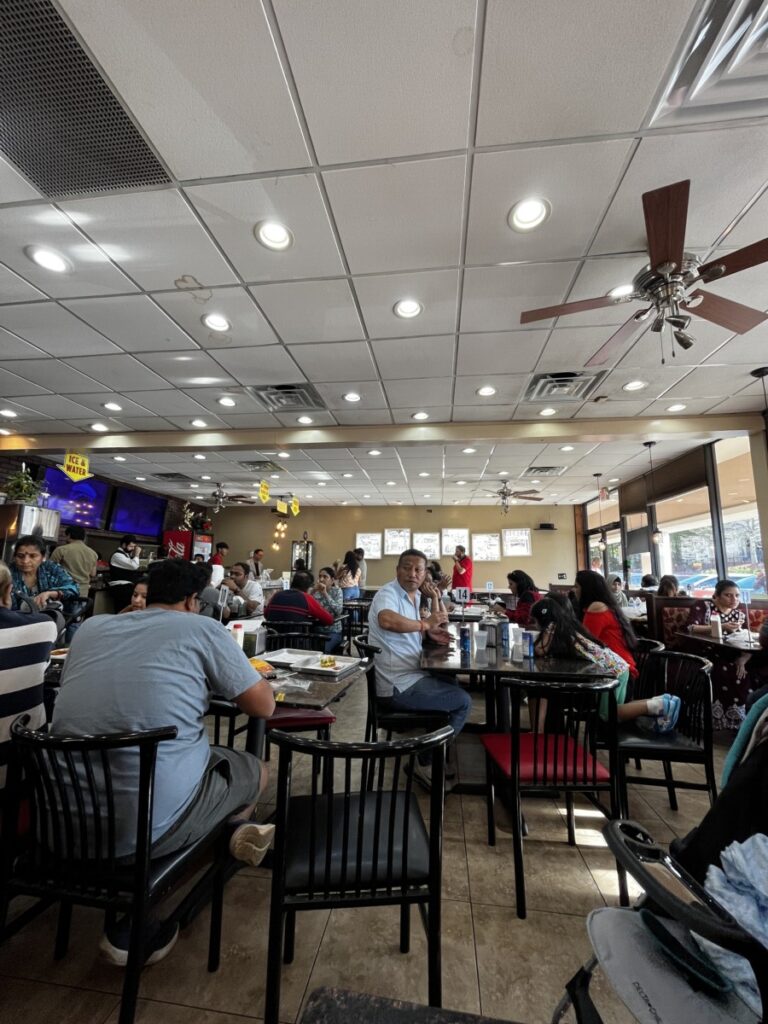
Figure 1: Indian Restaurant, location of auditory analysis
Key Findings
My data revealed that the most audibly prominent language in Patel Plaza was Hindi, followed by Gujarati and Tamil. For both the visual and auditory analysis, Gujarati was less common, with only a few signs displaying the language, and it was not as frequently heard at the restaurant. Tamil was the least visually and audibly recognized language. Visually, however, English appeared on most storefront signs. Quantifying the visual analysis, for a total of 40 observed signs on storefronts, I observed that English was the most visually prominent language in Patel Plaza, appearing on 60% of the storefront signs (counted on 24 out of 40 total signs). Hindi was the second most visually prominent language, appearing on 25% of the signs (counted on 10 out of 40 total signs), followed by Gujarati (10% or 4 signs), and finally Tamil (5%, counted on only 2 signs). On the other hand, Hindi was the most audibly prominent language, being spoken by 70% (observed being spoken in 36 instances out of a total of 52 observed patrons at the Indian restaurant). Gujarati was less common, being spoken by 15% of the patrons at the restaurant (observed by 8 people speaking the language), Tamil followed as the third least audibly recognized language, being spoken by 10% of the patrons at the restaurant or 5 observed cases. English, surprisingly, was the least audibly observed language, with only 3 of a total of 52 total observed cases at the restaurant, or 5%.
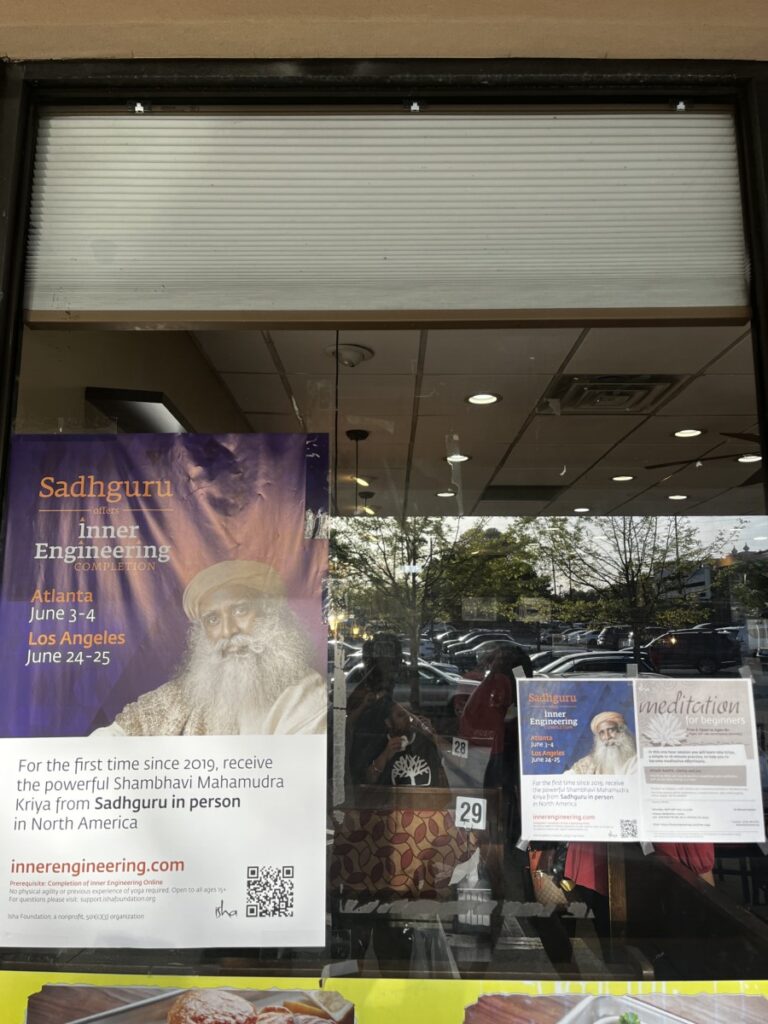
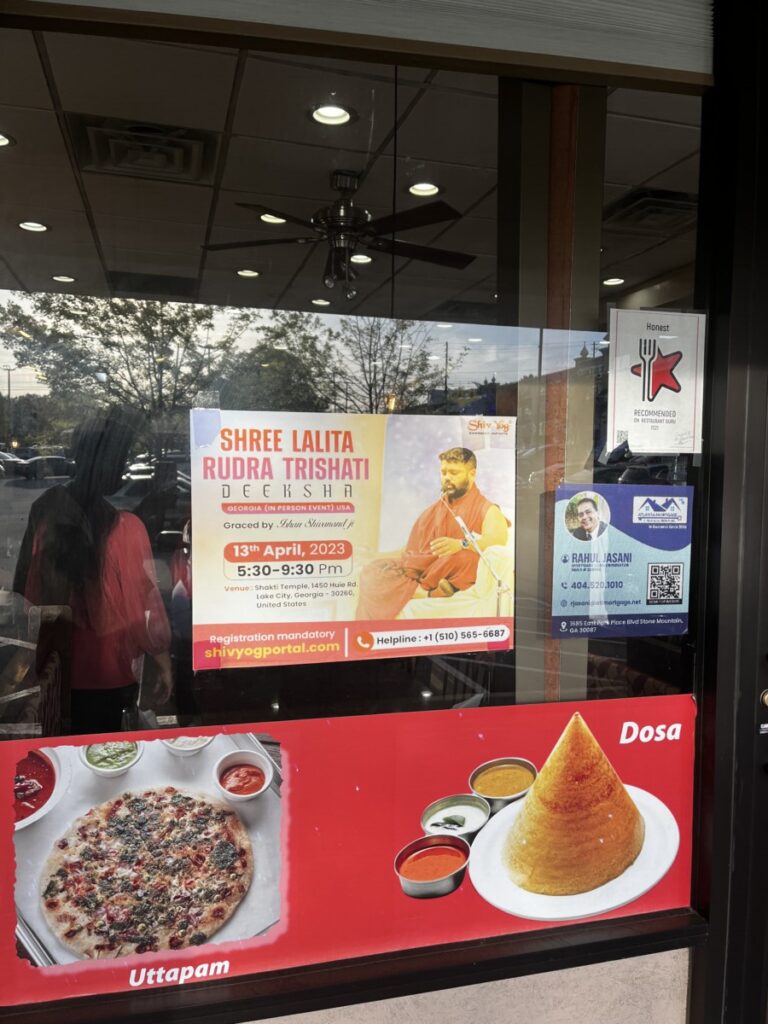
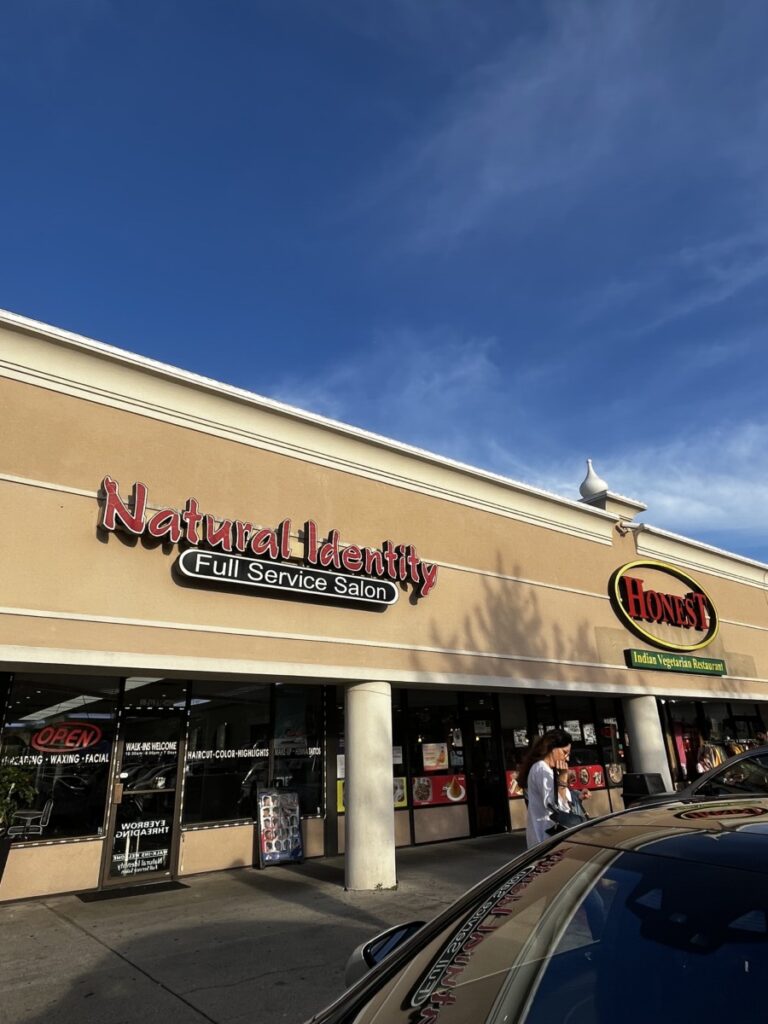
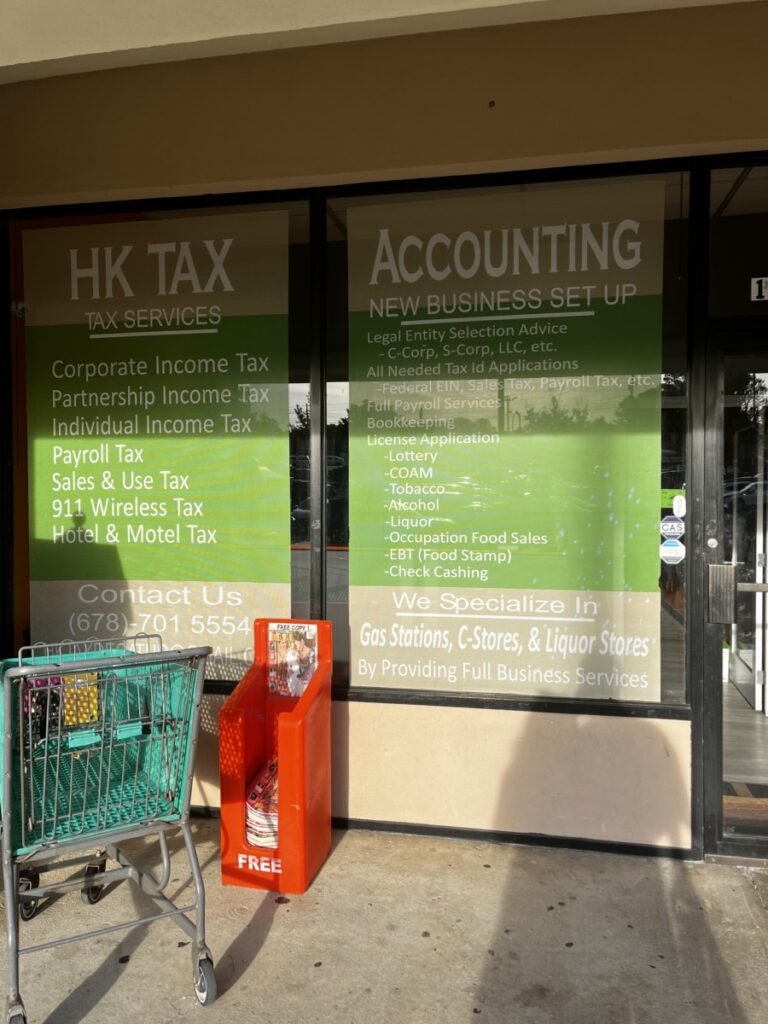
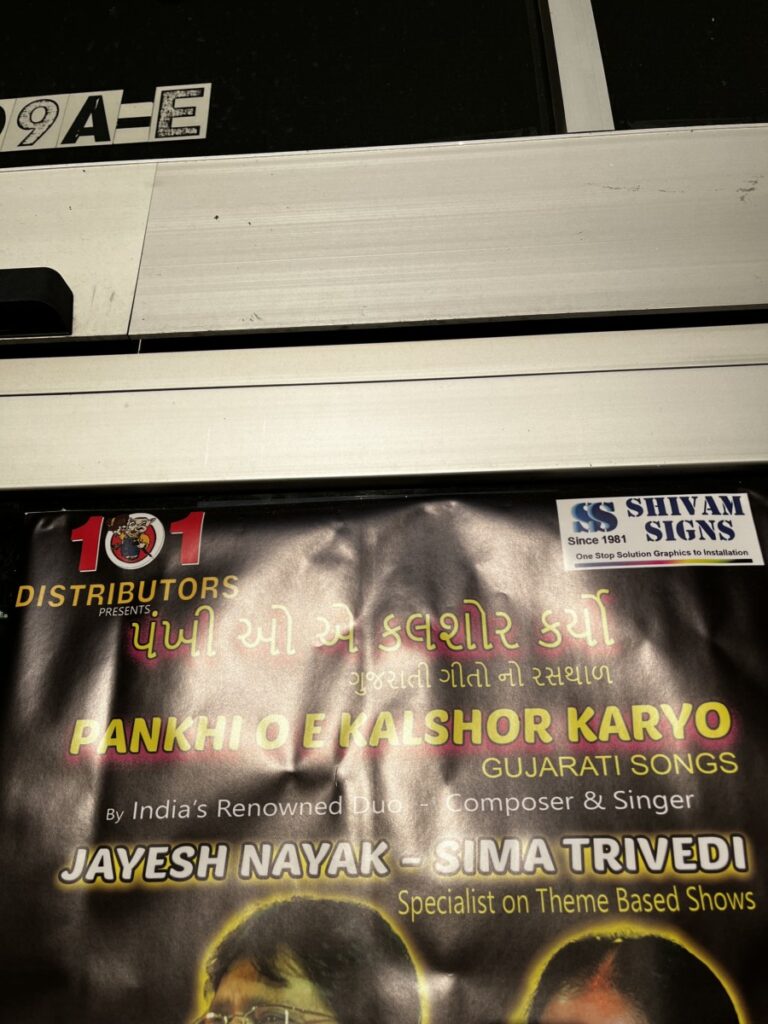
Figure 2-6: Examples of Visual Signage
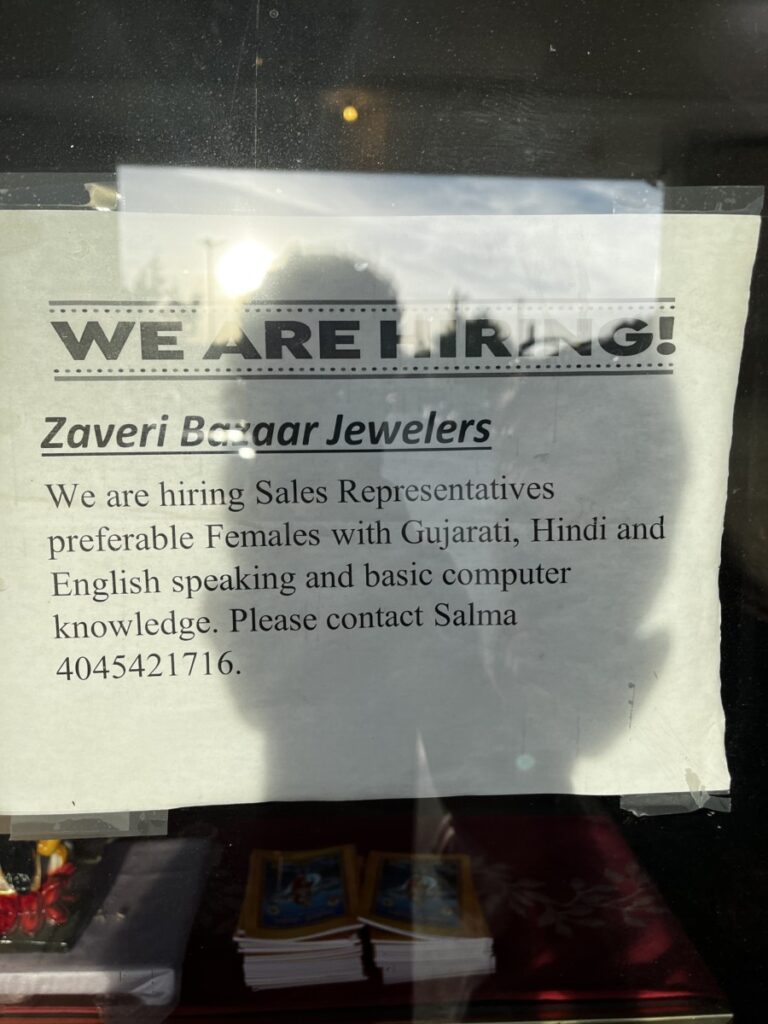
Figure 7: Advertisement for jewelry sales representative. Serves as evidence of Gujarati, Hindi, and English languages spoken at Patel Plaza.
Discussion
The results of this study provide insight into the linguistic landscape and language use of Patel Plaza, a commercial hub for the Indian community in Decatur, Georgia. For starters, the linguistic landscape of Patel Plaza is a testament to the rich cultural heritage and diversity of the Indian community in Atlanta. Moreover, this plaza as site for a strong South Asian presence in Atlanta is also located in Decatur, Georgia, an upper-middle-class white enclave that has a predominantly white population, with over 70% identifying as white. The results of this study in many ways reflect the intersection of South Asian languages and the linguistic norms of the Decatur community. On the one hand, the auditory prominence of Hindi, followed by Gujarati and Tamil, reflects the linguistic diversity of the Indian community in Atlanta. On the other hand, the visual prominence of English on storefront signs indicates the importance of English in the commercial domain, while its lesser auditory presence suggests that it may not be the primary language of communication within the Indian community. This study highlights the importance of considering both visual and auditory aspects of the linguistic landscape, as they may provide different insights into language use and community dynamics. The findings of this study also have implications for broader sociolinguistic questions about immigrant communities in the US. They suggest that immigrant communities may maintain their spoken languages in commercial spaces as a way of preserving their cultural traditions while also recognizing the hegemony of the dominant language, English in the case, in the larger community in which they live.
Further Research
Possible next steps for expanding this study could include a more comprehensive analysis of language attitudes within the Indian community in Decatur, including the residential areas surrounding Patel Plaza. Additionally, a comparison of the linguistic landscape of Patel Plaza with other commercial areas in the Decatur area could provide further insights into the linguistic diversity and cultural dynamics of the Indian community in Metro Atlanta.
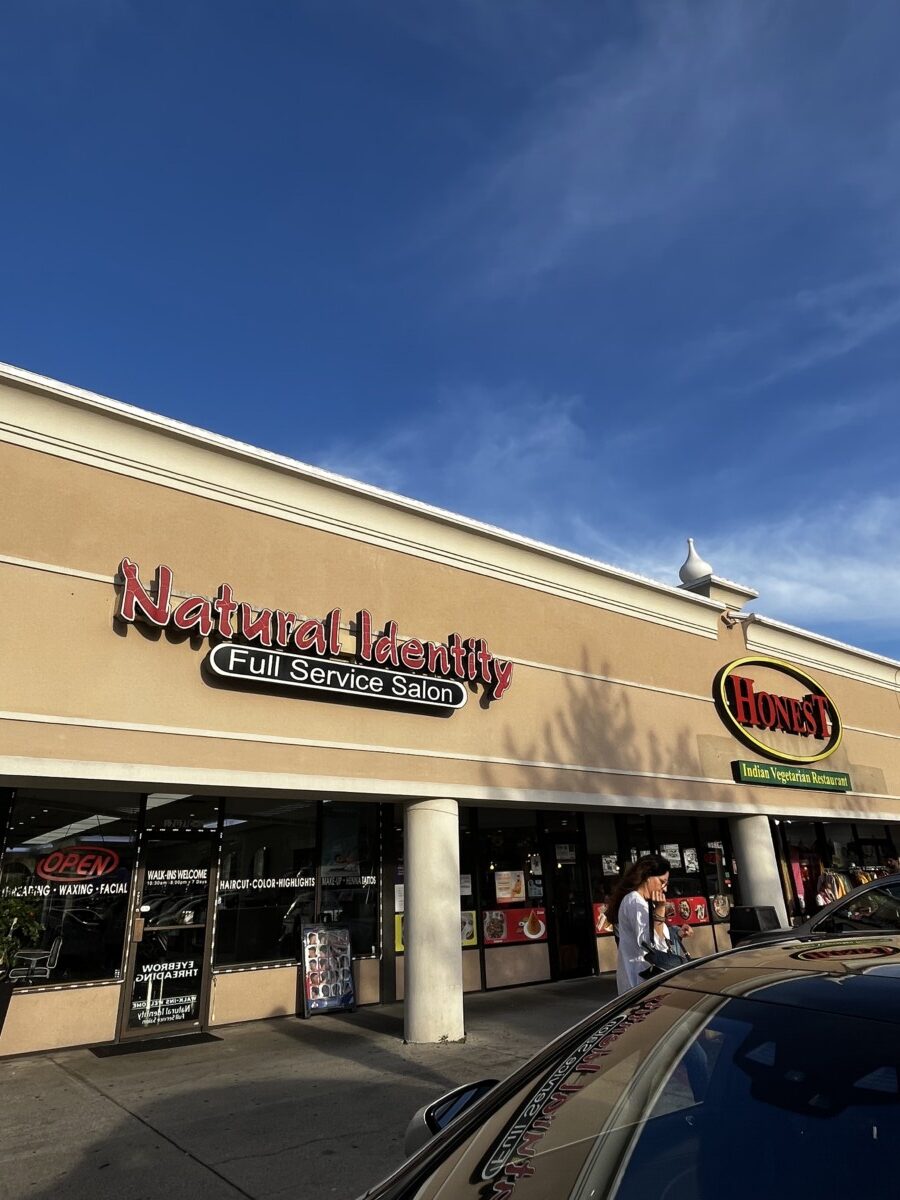
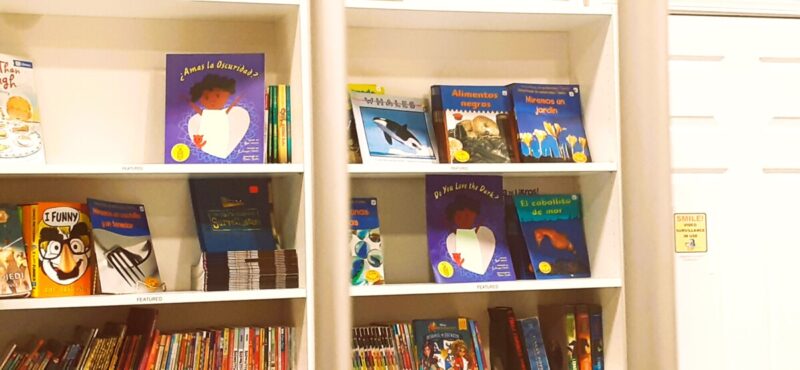
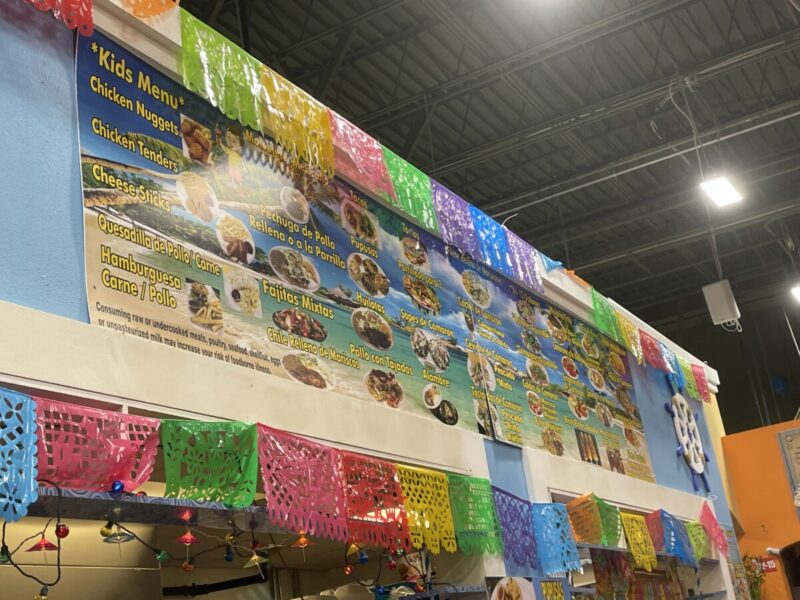
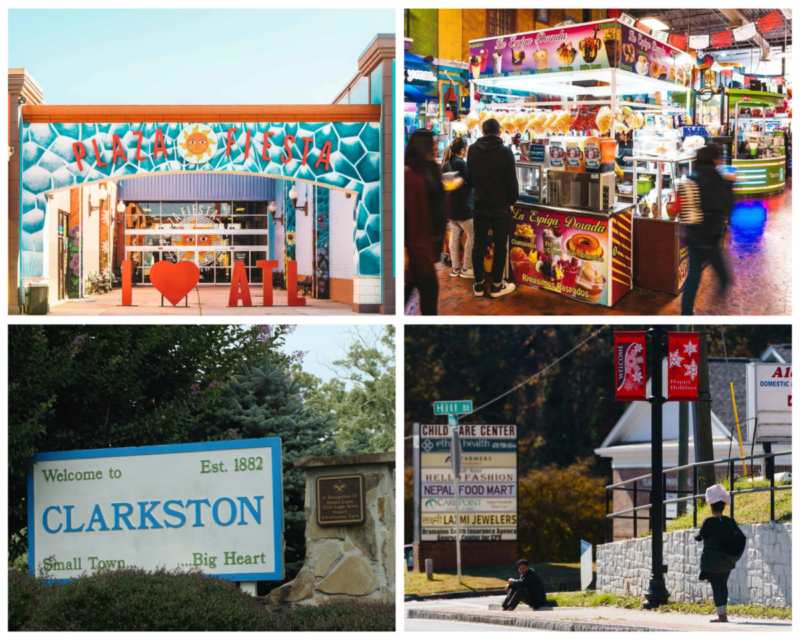
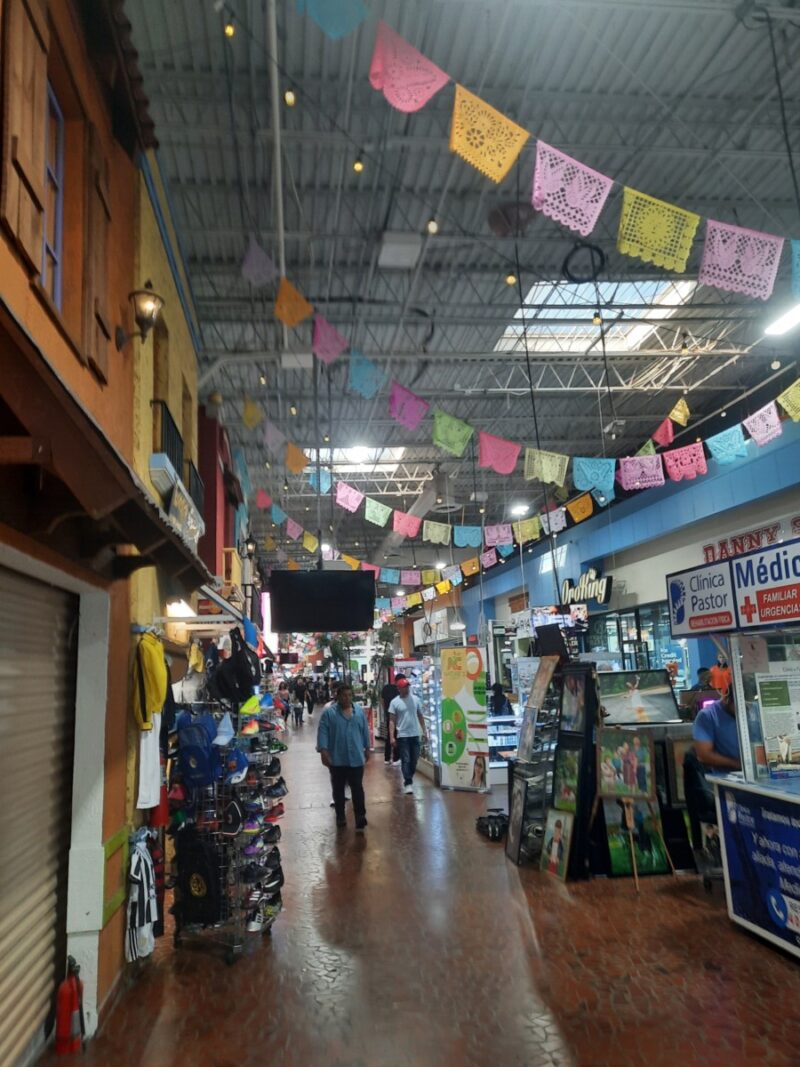
3 Comments
Add Yours →I am really impressed by the intricacies of your research in terms of examining both the visual and auditory landscape. The distinctions you found between the visually represented languages and spoken languages is especially interesting. As you noted, the location of Patel Plaza in Decatur shows how the space is constantly perceived by an upper-class white English speaking population and might provide insight for those choices. While you noted the languages spoken among patrons, I would be curious to see what languages workers, servers, and shop keepers use to communicate with customers, especially given the wide range of linguistic diversity you observed.
This was a very thorough project, and it was really interesting to learn about a linguistic landscape we didn’t have the chance to explore in this course. I appreciate that you were able to get quantitative data and find object results about the prominence of certain languages, but also included a qualitative approach and had conversations with shop owners and folks you met there. It’s fascinating to hear so many languages spoken in the same place, so I’m glad that you added an auditory analysis to your research.
I really like that you went somewhere I had no idea existed before as now it’s provided me the chance to be introduced to it through an immediate linguistic lenses. It’s really cool how you went for the auditory landscape; I like that you ultimately noted the commercial presence & priority of Patel Plaza is to cater to English speakers/consumers. I find it interesting that you saw informal hiring signs that were not in the languages they were looking for but were completely in monolingual English; the ones at Plaza Fiesta were all in Spanish. To me, this implies that the businesses are already looking for bilingual speakers without having to be explicit in their instructions. Again, this conveys that there is still a need in the consuming community that frequents Patel Plaza to be fluent in these non-English languages, magnifying the linguistic and cultural diversity. Great job! 🙂